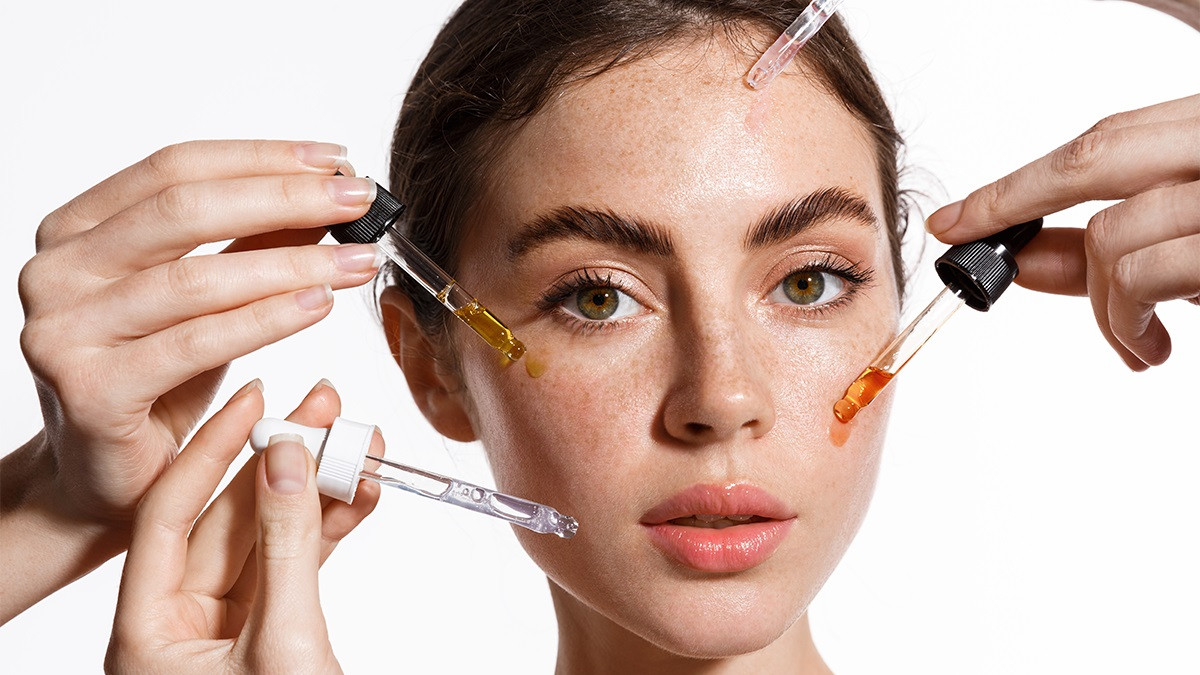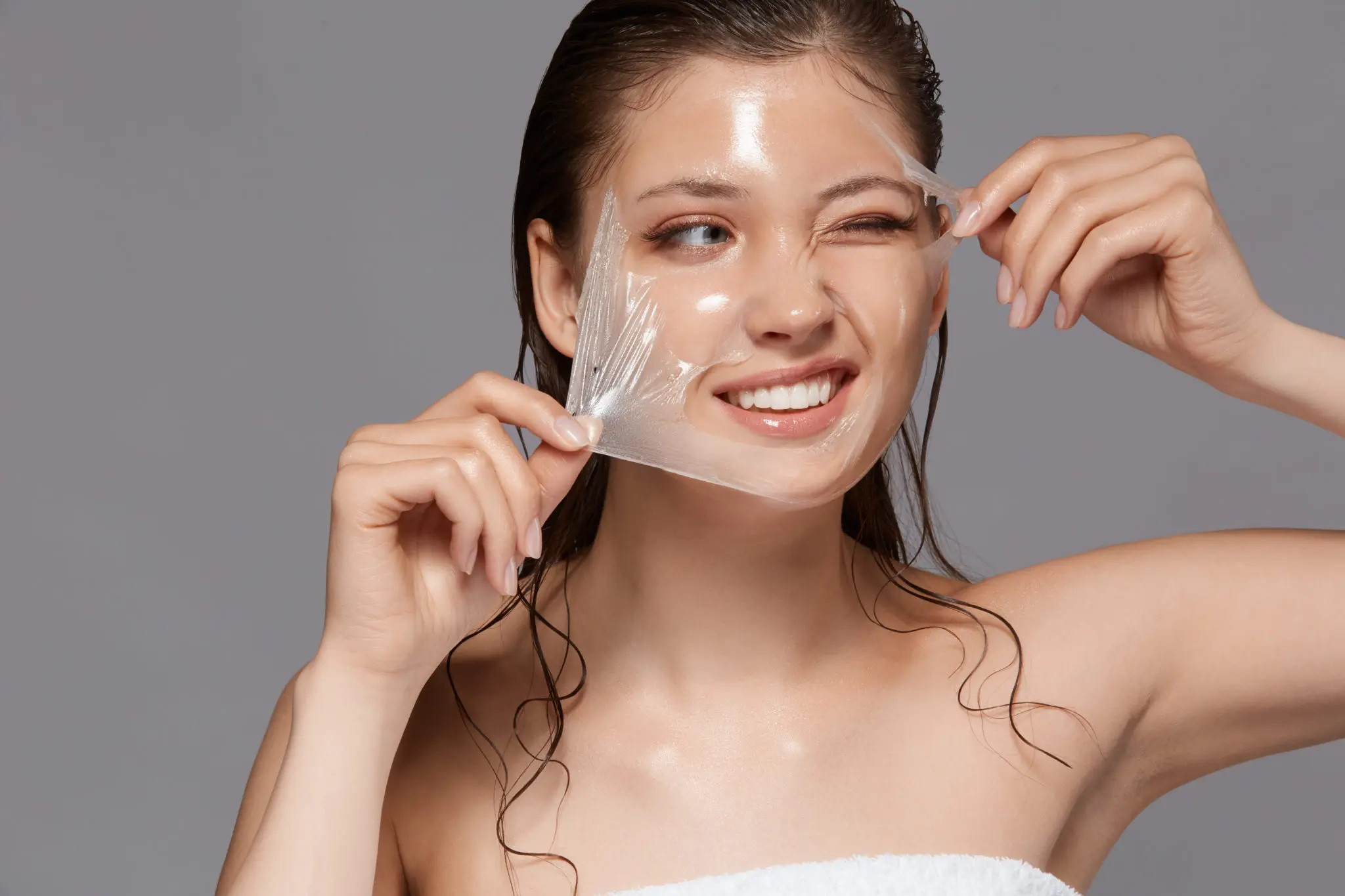Chemical peeling is a cosmetic procedure used to cleanse and regenerate the skin's epidermis by applying a solution or chemical mixture to the skin. This process helps remove dead skin cells and stimulates the production of new skin cells, making the skin softer, brighter, and more even-toned. Chemical peeling is commonly used to address issues such as wrinkles, dark spots, scars, acne, and uneven skin tone. There are different types of chemical peels, ranging from mild to strong, depending on the treatment goals and skin type. But, can corticosteroid-affected skin undergo chemical peeling?
Chemical peeling can be beneficial for corticosteroid-affected skin; it may help improve the condition of such skin but must be done carefully and with consideration. When the skin is affected by corticosteroids, it's crucial to seek support from dermatologists or specialists to ensure that the treatment does not cause further damage or negative effects on the skin.
In some cases, chemical peeling can help remove dead skin cells and stimulate the regeneration of new cells, potentially improving the condition of corticosteroid-affected skin. However, it should always be done under the supervision of a professional to ensure that the peeling process does not exacerbate the damage to the skin.

Additionally, the recovery of corticosteroid-affected skin may include other treatments such as using moisturizing creams, oral medications, or light therapy. It's important to discuss and choose an appropriate method under the guidance of a dermatologist or doctor.
Should corticosteroid-affected skin undergo chemical peeling? The answer is no. Chemical peeling is not recommended for corticosteroid-affected skin, as it may cause significant damage. The main reason is that corticosteroid-affected skin is already damaged, and the strong impact of chemical peeling could lead to serious issues. Chemical peeling can make the skin thinner and more vulnerable, as well as accelerate the necrosis of the skin, leading to more severe inflammation and irritation.
Furthermore, chemical peeling may increase the risk of recurring skin issues, such as infections, acne, scarring, and uneven skin tone. This is especially important for individuals whose skin has been damaged by corticosteroids.
Instead, for corticosteroid-affected skin, seeking support from a dermatologist or doctor is the best way to choose the safest and most appropriate treatment for your skin. Experts can recommend gentler and safer therapies to improve your skin condition without causing further harm.
If you decide to undergo chemical peeling, keep the following points in mind to ensure the treatment is both safe and effective:

Remember that chemical peeling is a serious skincare procedure that should be done with caution and under the guidance of dermatologists or doctors.
Additionally, individuals with corticosteroid-affected skin may opt for MESOTHERAPY EXOSOME ASCE therapy—a treatment that helps address large pores, thin, weak skin, melasma, and sensitive skin caused by corticosteroid use. This therapy aids in healing and regenerating damaged areas, restoring the skin to a healthier, naturally radiant, and youthful state. It is an extremely safe procedure that is widely practiced in many countries around the world.
In summary, the article answers the question of whether corticosteroid-affected skin should undergo chemical peeling. Chemical peeling is not recommended for corticosteroid-affected skin, as such skin is often more vulnerable and prone to irritation. Peeling could increase the risk of damage and irritation. Instead, seeking help from dermatologists or doctors is necessary to evaluate and treat the skin condition safely and effectively. The care of corticosteroid-affected skin requires a careful and specialized approach to ensure safe and effective recovery and soothing of the skin.
11
Useful article?
Useful article?
11
Useful article?